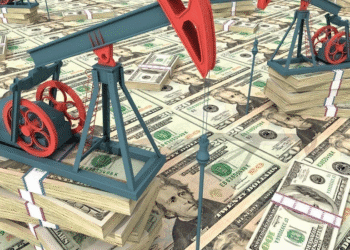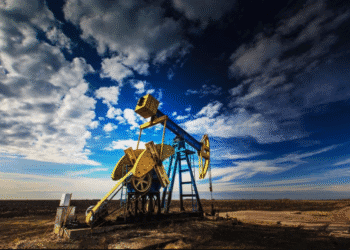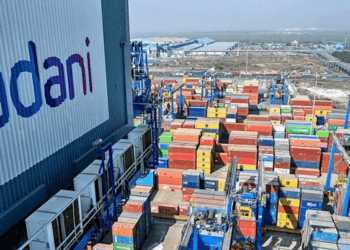DBT Bureau Bengaluru,
16 April
What Does an Oil and Gas CAD Designer Do?
An oil and gas CAD designer plays a crucial role in the oil and gas industry by creating detailed technical drawings and designs using computer-aided design (CAD) software. These designs are essential for the construction, maintenance, and operation of oil and gas facilities, such as pipelines, refineries, and drilling rigs.
Responsibilities of an Oil and Gas CAD Designer
The primary responsibility of an oil and gas CAD designer is to convert engineering concepts and specifications into accurate and precise technical drawings. This involves collaborating with engineers and other professionals to understand project requirements and objectives.
Some of the specific tasks performed by an oil and gas CAD designer include:
- Creating 2D and 3D models of oil and gas facilities
- Developing detailed engineering drawings, including plans, sections, and elevations
- Ensuring compliance with industry standards and regulations
- Assisting in the preparation of project documentation
- Reviewing and revising designs based on feedback and changes in project requirements
Skills and Qualifications
To excel as an oil and gas CAD designer, strong technical skills and knowledge of CAD software are essential. Additionally, attention to detail, problem-solving abilities, and the ability to work effectively in a team are important qualities for success in this role.
Typically, a bachelor’s degree in engineering or a related field is required, along with proficiency in CAD software such as AutoCAD or SolidWorks. Previous experience in the oil and gas industry is also beneficial.
Overall, an oil and gas CAD designer plays a vital role in ensuring the smooth and efficient operation of oil and gas facilities. Their expertise in creating accurate and detailed technical drawings is crucial for the successful completion of projects in the industry.





















